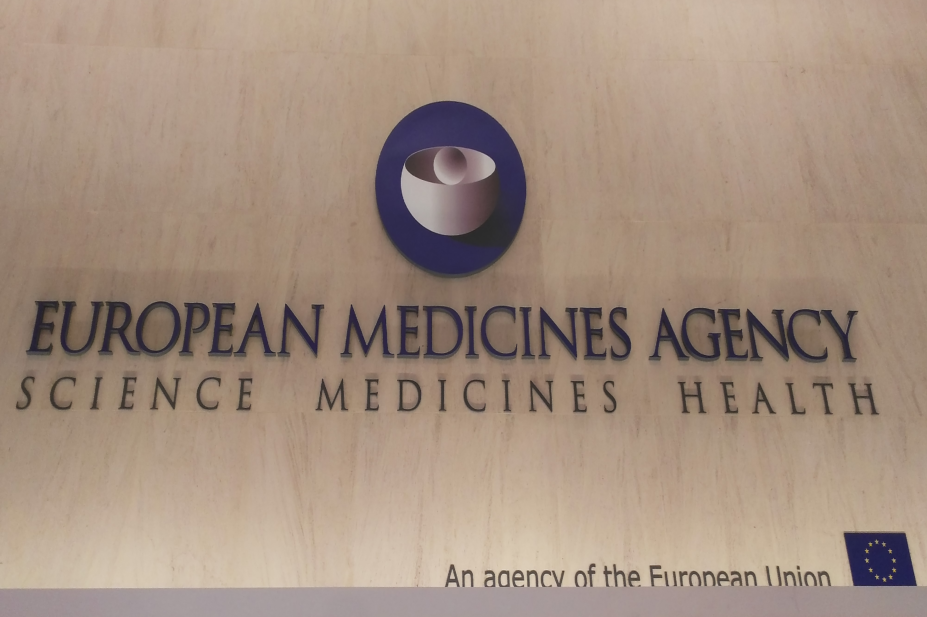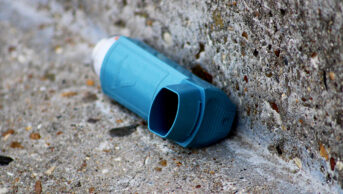
Shutterstock.com
A fifth of medicines approved by the European Medicines Agency (EMA) in 2021 received authorisation without all the environmental impact data requested, an analysis by The Pharmaceutical Journal has found.
Of the 86 medicines that received EMA marketing authorisation in 2021, 17 were approved despite being submitted with environmental risk assessments (ERAs) that lacked sufficient data, with manufacturers instead asked to submit additional data post-authorisation.
These included drugs that were of “potential environmental concern” and one that remained present in the environment for more than 200 days (see Box).
Manufacturers have been required by the EMA to submit environmental risk assessments alongside applications for marketing authorisation for drugs since 2006. The Medicines and Healthcare products Regulatory Agency, the UK medicines regulator, confirmed to The Pharmaceutical Journal on 28 February 2022 that it has adopted this requirement for drug approvals post-Brexit.
The EMA describe environmental risk assessments as “a step-wise, phased procedure”, with the first phase highlighting the product’s persistence in the environment, how it accumulates in organisms and its toxicity to aquatic life. If the product meets certain thresholds, manufacturers could be required to conduct a further assessment of its toxicity in a second phase of testing.
However, a spokesperson for the EMA confirmed The Pharmaceutical Journal’s data on the number of approvals made in 2021 where manufacturers initially failed to supply all the necessary risk assessment data.
A spokesperson for the EMA said: “An incomplete ERA would not constitute a ground for refusal of a marketing authorisation as the public health needs for patients would prevail.
“If, during assessment of the [marketing authorisation application], it is identified that further studies would be required, this is requested during the marketing authorisation application review or to be conducted post-authorisation if the timelines of the review do not allow for the completion of this studies.
“We would like to highlight that as per our records, within previous years, the vast majority of marketing authorisation holders (MAHs) complied with the ERA requirements at time of MA (80%) and out of the 20% of incomplete/unsatisfactory ERAs, almost all of them submitted the requested data post-authorisation within the deadline agreed,” they added.
“Since the ERA became a legal requirement, only a very small minority of human medicinal products have been shown to constitute a potential threat to the environment.”
The EMA explained that if the ERA shows a product does pose a potential risk to the environment, the product information “is updated accordingly to reflect this risk with reference to the affected environmental compartment”.
However, the data were met with dismay by experts. Sharon Pfleger, a consultant in pharmaceutical public health at NHS Highland, described the findings as “really disappointing”.
“We are looking, obviously, at clinical effectiveness, and at safety, and the way a drug is manufactured, and if the boxes are ticked for those, then the drug is licensed.
“But you know, maybe in the future, we should be getting stiffer. We should be saying that actually, we do need to consider the environmental impact, not only in the regulation, but also in our health technology assessments further on down the line.”
A major study published in February 2022 found that more than a quarter of water samples taken from 258 rivers across the world contained “potentially harmful concentrations” of active pharmaceutical ingredients (APIs), which could affect aquatic life or humans, and potentially contribute to antimicrobial resistance.
Alistair Boxall, environmental science professor at the University of York and an author on the study, said: “One of the biggest problems with the environment risk assessment process is that, for valid reasons, the authorisation of a medicine won’t be stopped based on environmental grounds.
“So, you could have a molecule that’s potentially very harmful to the environment but is important in terms of maintaining human health, that would be approved.”
While the ERA process is “not too bad compared to some assessment schemes”, as exposure calculations “are quite conservative”, Boxall said: “I would argue that the methodologies that they use for assessing risks to terrestrial organisms are actually fairly crude, and not really fit for purpose.”
Drugs approved despite environmental concerns
Rukobia (fostemsavir; ViiV Healthcare BV)
- HIV medicine Rukobia was approved in February 2021, with a risk assessment submitted by ViiV Healthcare and published in the EMA’s assessment report that noted that the medicine “is not expected to pose a risk to surface water, groundwater, microorganism and sediment compartment, as all risk quotients are below 1”.
- However it added: “The active substance has to be classified as very persistent in sediments due to the half-life (DT50) of 209 days.” The EMA adds in the report that the risk assessment is “not complete” and requests additional testing “be submitted post authorisation”.
Lydisilka and Drovelis (drospirenone/estetrol; Estetra SRL, drospirenone/estetrol; Gedeon Richter Plc)
- These are both combined hormonal contraceptives that were approved in 2021 and were found to be “of potential environmental concern”, according to their environmental risk reports.
- As a result, the EMA advises both products are not disposed of “via wastewater or household waste”. “Ask your pharmacist how to throw away medicines you no longer use. These measures will help protect the environment,” it adds.
Rivaroxaban Mylan (rivaroxaban; Mylan Ireland)
- This anticoagulant medicine was approved in November 2021 without the submission of any environmental risk assessment.
- In the public assessment report, Mylan says no assessment was submitted because the introduction of the new medicine “is considered unlikely to result in any significant increase in the combined sales volumes for all rivaroxaban containing products and the exposure of the environment to the active substance”.
- However, the Committee for Medicinal Products for Human Use advised the manufacturer to submit an ERA, noting that the “trend for an overall increase in the sales of rivaroxaban containing products”.
Source: EMA Public Assessment Reports
Commenting on the findings a spokesperson for the European Federation of Pharmaceutical Industries and Associations (EFPIA), which represents pharmaceutical manufacturers in Europe, said ERAs require companies to consider “the worst-case scenario” of their medicine’s exposure in the environment.
“Companies assume the maximum dose for a patient, assume treating the patient daily, assume that 1% of a population will be treated. Then they consider that there will be 200 litres of waste per person per day, and no metabolism of the medicine in that patient or removal in wastewater treatment,” they explained.
“The need for patients to benefit from the earliest access to new medicines is paramount. Furthermore, it is right to require regulatory scrutiny of applicants conclusions on environmental risk, or lack thereof, and therefore the ability to clarify environmental risk post-approval is considered an essential tool to balance patient access and environmental protection.”
The spokesperson added: “Whether a medicine needs an ERA is not a matter of choice by the company, it is highly regulated. Companies are committed to reducing the impact of medicines on the environment and are playing a leading role in an international project to increase the transparency of environmental information and encourage greener drug design.”
ViiV Healthcare; Viatris, which owns Mylan; Mithra, which owns Estetra SRL; and Gedeon Richter, were approached for comment, but did not respond in time for publication.


